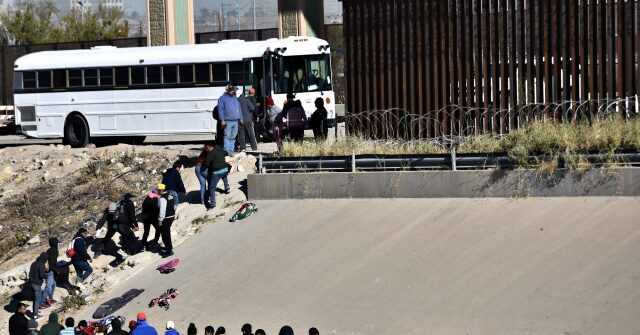
A missile strike in Israel’s Sharon area wounded 19 people, police said early Saturday, after the army reported three projectiles were fired from Lebanon into central Israel.
All 19, four of whom were “in moderate condition”, were taken to hospitals for treatment, the Israeli police added.
Israel’s Magen David Adom (MDA) emergency medical service earlier said that several people had been wounded in a strike on the central city of Tira, including “a male around 20 with shrapnel injuries”.
Videos posted by the Israeli Foreign Ministry on social media showed fire and smoke spilling from a building into the street and emergency responders swarming the site.
“This is the result of a direct hit of a Hezbollah rocket on a building in the Israeli Arab town of Tira, injuring 19 civilians,” the ministry said in the post.
“We cannot and will not rest until Hezbollah is dismantled,” it added.
The Israeli army said on Telegram that it had intercepted some of the three projectiles fired from Lebanon.
Tira, a predominantly Arab town, is located around 25 kilometres (15 miles) northeast of Tel Aviv, near the border with the occupied West Bank.
The war raging in the Gaza Strip has spread to Lebanon, where Israel has been carrying out air strikes against Hezbollah, an ally of Palestinian group Hamas.
According to Israeli figures, at least 63 people have been killed on the Israeli side since cross-border exchanges with Hezbollah erupted following Hamas’s deadly attack on Israel on October 7, 2023.
On Thursday, rocket fire from Lebanon killed seven people in Metula, northern Israel, including four Thai farmers.
Hamas’s October attack on Israel resulted in 1,206 deaths, mostly civilians, according to an AFP tally of Israeli official figures.
Israel’s response has killed 43,259 Palestinians in Gaza, most of them civilians, according to figures from the Hamas-run territory’s health ministry, which are considered reliable by the United Nations.






